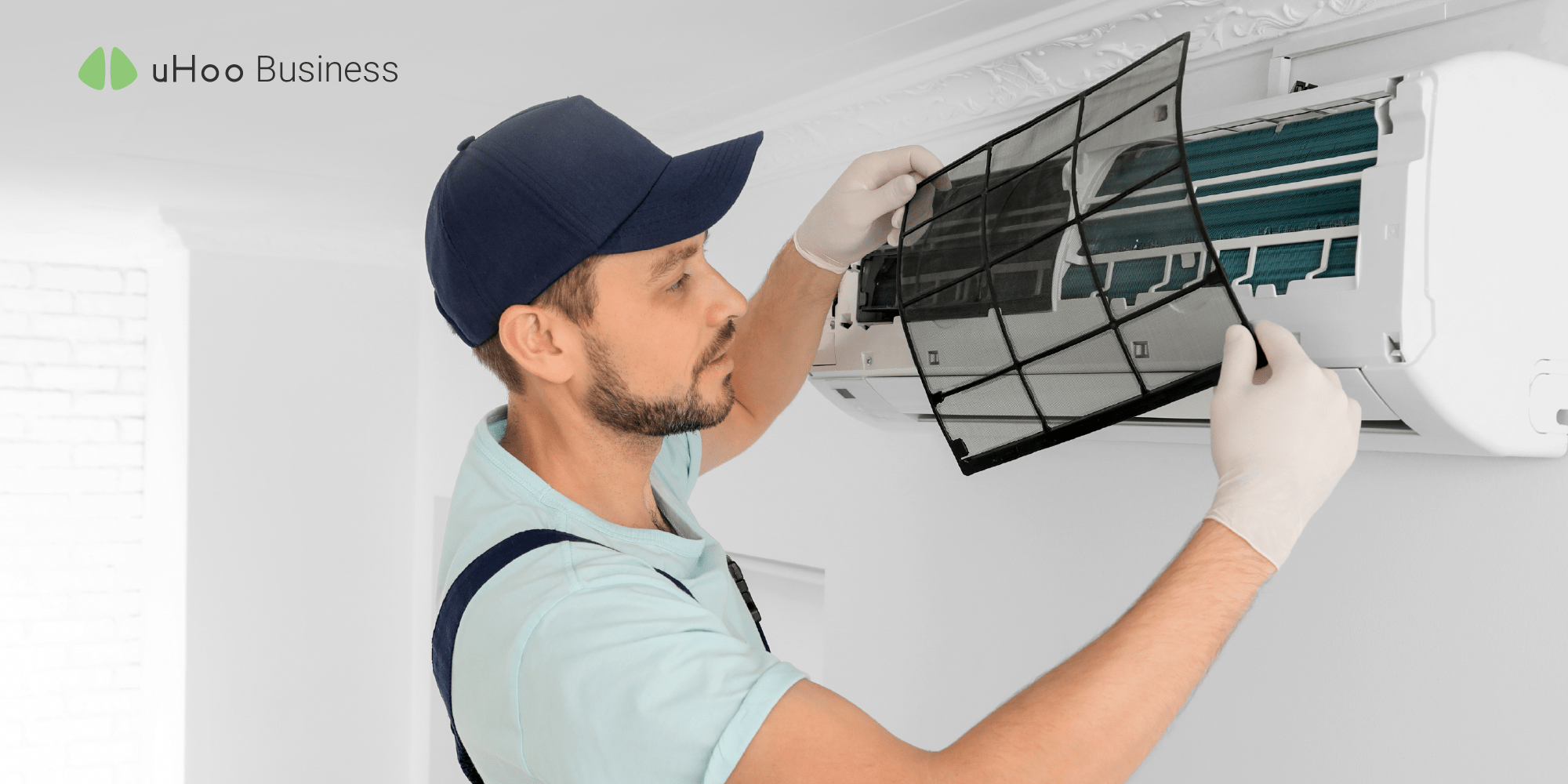
The indoor air quality (IAQ) within workplaces plays a significant role in maintaining the health, safety, and productivity of employees. IAQ is a multifaceted concept that encompasses various factors, and among them, ventilation emerges as a key player. As organizations prioritize occupational health and safety, understanding the pivotal role of ventilation in maintaining good IAQ at work becomes imperative.
Understanding ventilation
Ventilation refers to the process of exchanging or circulating air in an indoor space to ensure the presence of fresh air and the removal of pollutants. There are various mechanisms and systems for ventilation, each serving the purpose of achieving optimal indoor air conditions. The two main types of ventilation are natural ventilation and mechanical ventilation.
- Natural ventilation
- Infiltration – Air naturally enters and exits a building through openings such as windows, doors, and cracks. The movement of air is driven by wind and temperature differences between the indoor and outdoor environments.
- Buoyancy-driven ventilation – Hot air rises, creating a natural upward flow. This process, known as buoyancy, can be utilized to facilitate the exchange of indoor and outdoor air. Openings at different heights can be strategically placed to harness this buoyancy effect.
- Mechanical ventilation
- Supply and exhaust systems – Mechanical ventilation involves the use of fans and ducts to control the movement of air. A supply system introduces fresh outdoor air into the indoor space, while an exhaust system removes stale air. This method allows for precise control of air exchange rates.
- Balanced ventilation – This approach involves both supply and exhaust systems working in tandem to maintain a balanced airflow. This helps prevent the pressurization or depressurization of indoor spaces, ensuring consistent air circulation.
- Heat Recovery Ventilation (HRV) and Energy Recovery Ventilation (ERV) – These systems enhance energy efficiency by recovering heat or energy from the outgoing air and transferring it to the incoming fresh air. HRV is primarily focused on heat exchange, while ERV also addresses humidity transfer.
Maintaining good IAQ through ventilation
Reduction of indoor air pollutants
One of the primary functions of ventilation is to dilute and remove indoor pollutants that can compromise IAQ. Indoor spaces are often host to a variety of contaminants, ranging from volatile organic compounds (VOCs) emitted by office furniture and equipment to particulate matter generated through daily activities. Without adequate ventilation, these pollutants can accumulate, leading to a decline in air quality.
Ventilation systems, whether natural or mechanical, facilitate the constant exchange of air, reducing the concentration of pollutants. Proper dilution ensures that harmful substances remain at levels within acceptable limits, safeguarding the health and well-being of employees. Moreover, effective ventilation mitigates the risk of respiratory issues, allergies, and other health concerns associated with prolonged exposure to indoor pollutants.
Control of humidity levels
In addition to combating pollutants, ventilation plays a vital role in regulating indoor humidity levels. High humidity can create a breeding ground for mold and mildew, contributing to respiratory issues and other health problems. Conversely, low humidity levels can lead to discomfort, dry skin, and respiratory irritation. An effective ventilation system helps strike the right balance, ensuring optimal humidity for the well-being of occupants and the preservation of building materials.
Improved thermal comfort
Ventilation is integral to maintaining a comfortable temperature within indoor spaces. Proper air circulation helps distribute conditioned air evenly, preventing hotspots and cold zones. This not only contributes to the comfort of employees but also promotes productivity. When the indoor environment is conducive, employees are less likely to be distracted by discomfort, allowing them to focus on their tasks with greater efficiency.
Energy efficiency and sustainability
While the primary goal of ventilation is to maintain good IAQ, it also plays a crucial role in the energy efficiency and sustainability of buildings. Well-designed ventilation systems optimize the use of energy by incorporating features such as heat recovery systems and demand-controlled ventilation. This not only reduces operational costs for organizations but also aligns with the growing emphasis on environmentally conscious practices.
Ensuring proper ventilation using uHoo Aura
uHoo Aura, the most comprehensive indoor environmental quality monitor for businesses, plays a crucial role in ensuring good ventilation by providing real-time data and insights into the quality of the air within a space. Here’s how the uHoo Aura can help:
Monitoring key parameters
uHoo Aura tracks key IAQ parameters including carbon dioxide and other pollutants that can serve as indicators of poor ventilation. uHoo Aura analyzes their levels and provides real-time data. If concentrations of carbon dioxide, for example, rise beyond recommended levels, it may suggest inadequate fresh air circulation and the need for improved ventilation.
Storage of historical data and trends
uHoo Aura stores historical data on IAQ parameters, enabling users to analyze trends over time. By reviewing this data, individuals can identify patterns of poor air quality that may coincide with specific times or activities. This information can be instrumental in making informed decisions about ventilation improvements.
Integration with HVAC systems
uHoo Aura can be integrated with Heating, Ventilation, and Air Conditioning (HVAC) systems. The data from uHoo Aura can prompt HVAC system adjustments for improved air circulation. For example, if CO2 readings are high, the HVAC system can be programmed to increase the introduction of fresh outdoor air.
The significant role played by ventilation in maintaining good IAQ cannot be overstated. Maintaining good IAQ, through proper ventilation helps organizations create environments that promote employee health, safety, and overall well-being, fostering a workplace culture that thrives on the principles of sustainability and excellence.


